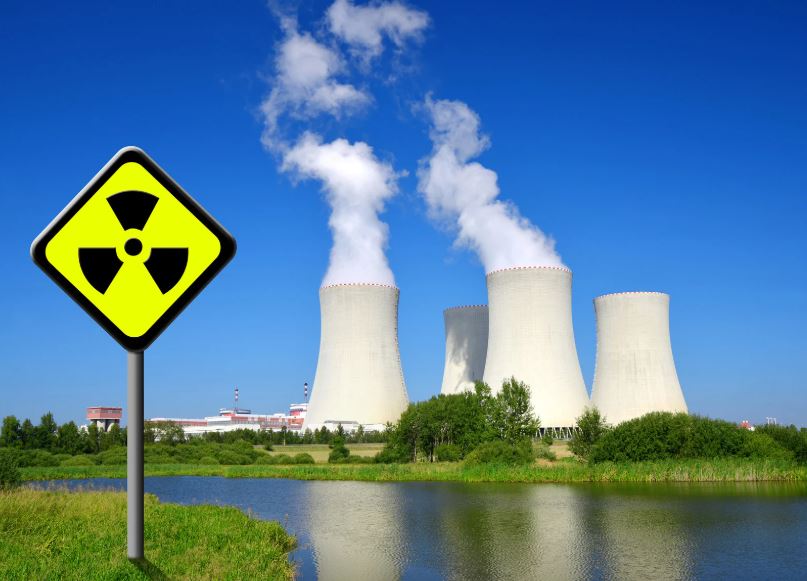The discussion around adopting nuclear energy options in Croatia, including small modular reactors (SMRs), is becoming increasingly pertinent for the nation’s authorities and energy stakeholders.
The discourse among energy experts and policymakers pivots on the potential benefits and challenges associated with nuclear energy. Notably, Croatia’s energy matrix continues to rely heavily on imports, with approximately 53% of its electricity needs currently met through external sources, according to 2022 data from the Croatian Energy Market Operator. This dependency underscores the urgency for a revamp in local energy production strategies, where nuclear energy presents a practical solution by ensuring stability and autonomy.
Investments in small modular reactors are gaining traction worldwide due to their smaller footprint, enhanced safety features, and economic flexibility compared to traditional nuclear plants. According to the International Atomic Energy Agency, there are over seventy SMR designs under development globally, illustrating the technological momentum and innovation driving this sector. Croatia’s consideration of such technology could potentially reduce construction times and costs, which have historically hindered larger nuclear projects. Yet, the adoption of SMRs is not devoid of hurdles. The debate encompasses regulatory challenges and public acceptance issues that have long been contentious in the history of nuclear energy utilization.
Furthermore, the European Union’s energy strategy, known for endorsing green and low-carbon solutions, emphasizes an integrated approach to renewables and advances in nuclear technology to meet its climate targets. Croatia, as an EU member, aligns its energy strategies within this broader framework, which includes a significant focus on nuclear potential. In this context, the country’s strategic energy choices may well be influenced by the supportive stance of the European Commission towards safer nuclear technologies, amidst Ukraine’s ongoing conflict-induced energy crisis, which has intensified the urgency of energy diversification.
Domestic energy policy experts remain divided on the scale and immediacy of nuclear energy implementation. While some advocate for rapid advancements in clean nuclear technology to fast-track energy security, others stress a balanced approach that concurrently escalates investments in renewables like wind and solar, which accounted for 25% of Croatia’s energy mix in 2022. The pathway forward for Croatia involves not only evaluating the technical and economic feasibility of SMRs but also the sociopolitical landscape that accompanies the pursuit of nuclear options.
Stay updated on the latest in energy! Follow us on LinkedIn, Facebook, and X for real-time news and insights. Don’t miss out on exclusive interviews and webinars—subscribe to our YouTube channel today! Join our community and be part of the conversation shaping the future of energy.





